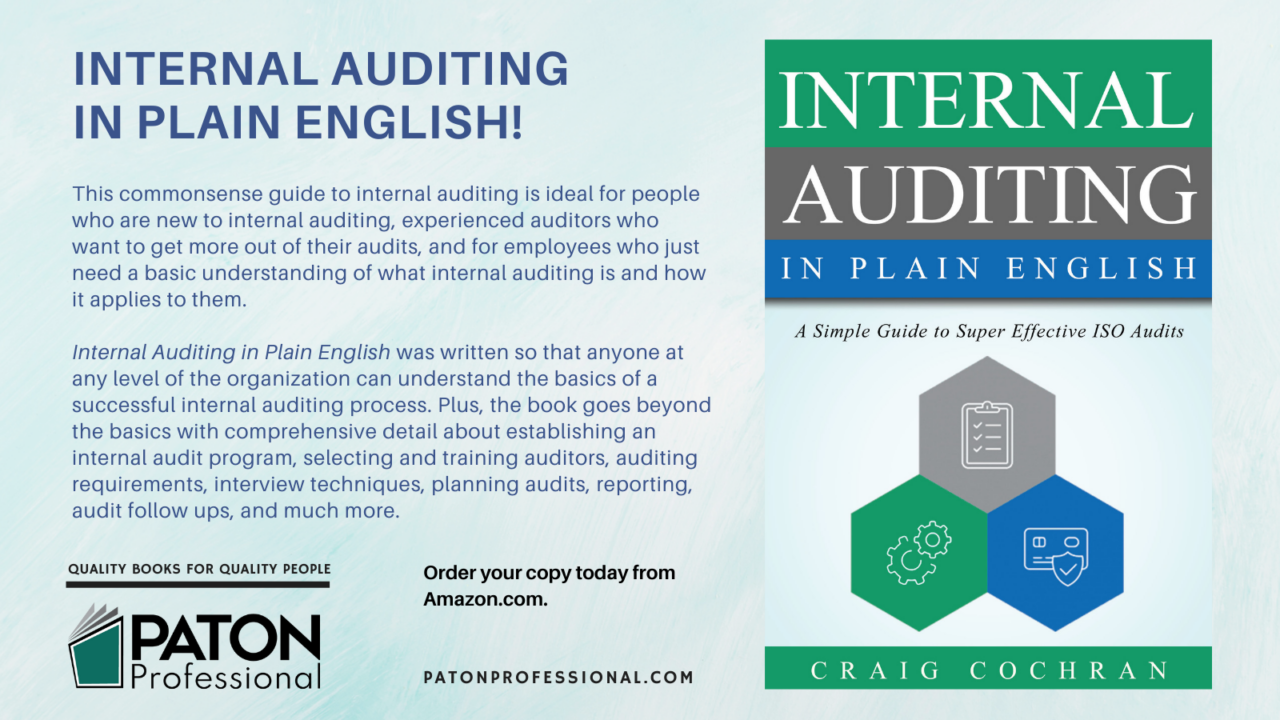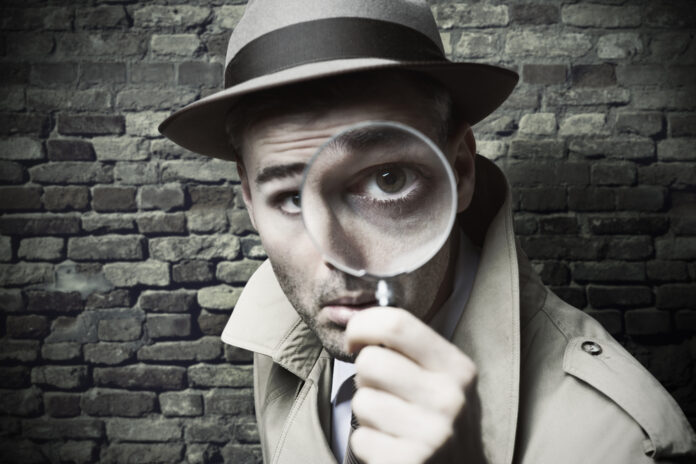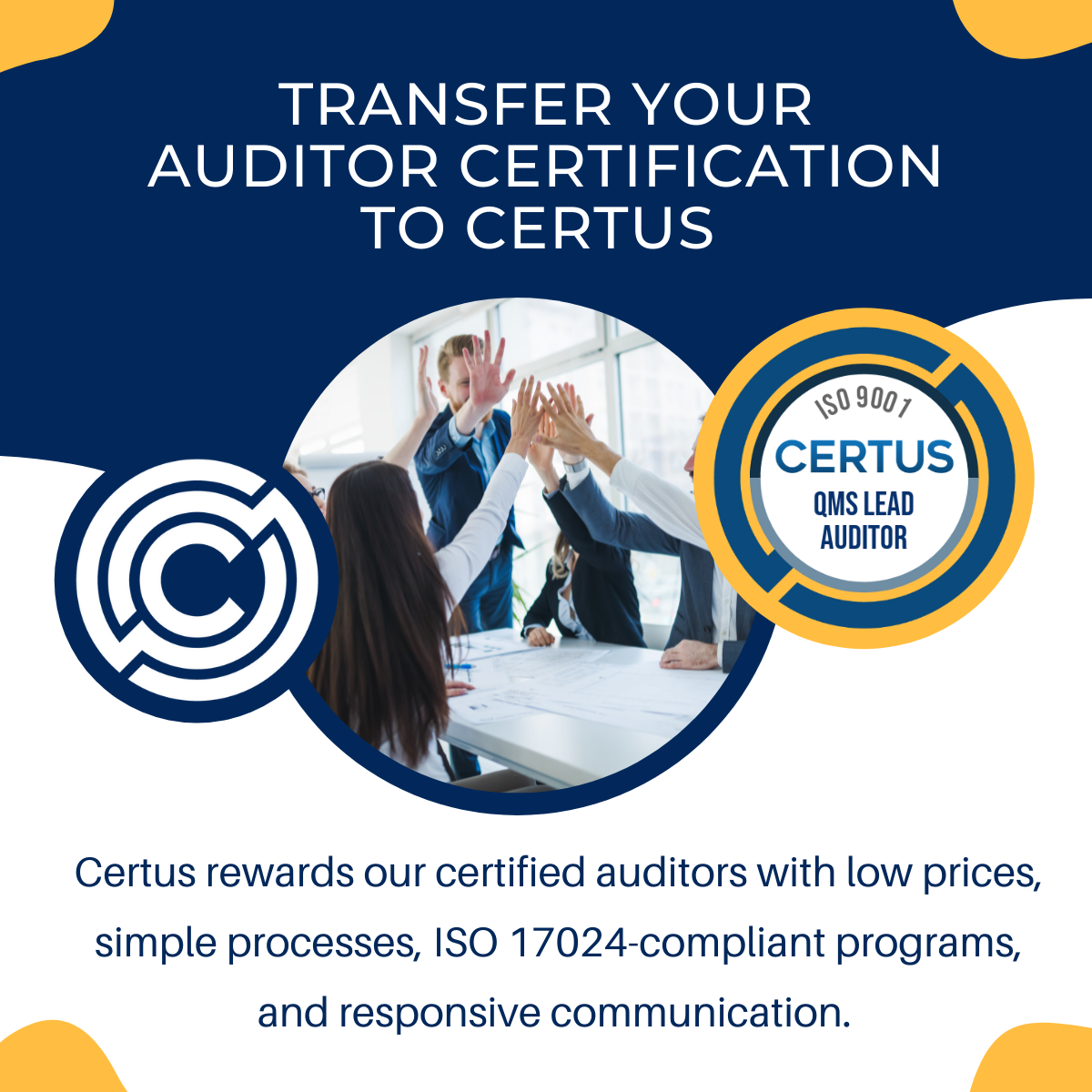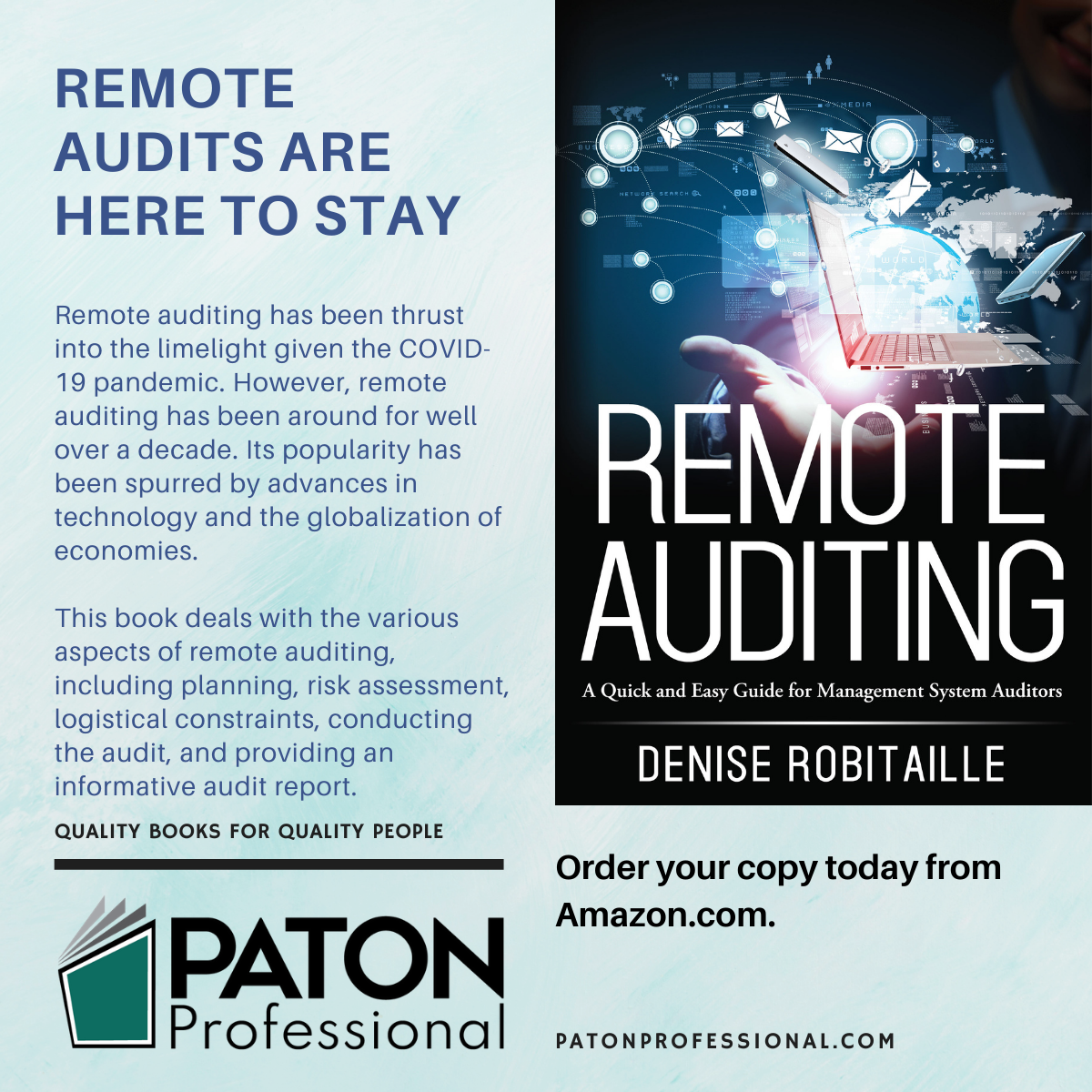By Craig Cochran
Objective evidence is the proof that the organization did or did not meet its requirements. One of the primary objectives of an audit is to collect objective evidence. Not just random objective evidence, but evidence specific to the requirements in the audit. The auditor selects requirements to verify, and then looks for objective evidence that the organization met the requirements.
Objective evidence has a couple of specific purposes. First, it provides credibility to the audit process. By keeping evidence of facts gathered during the audit, we can be confident that an audit actually took place. The auditor didn’t just go through the motions. Real people were interviewed, actual records were examined, and current processes were analyzed. Anybody can review the evidence that was gathered and feel confident that the audit was effective.
Second, the evidence forms the raw material for any nonconformities that result. We’re not seeking nonconformities, of course—we’re seeking conformity. Despite this goal, nonconformities are a common outcome of audits. If we collect detailed evidence during the audit, we’ll be able to write clear and defensible nonconformities. Objective evidence also helps to write meaningful positive findings. Both of these outputs—nonconformities and positive findings—rely on accurate and objective evidence gathered by the auditor.
Characteristics of objective evidence
The term objective evidence sounds rather complicated, but it is actually very simple. Here are the characteristics of objective evidence:
- Unbiased: Objective evidence is unbiased. That means it is not clouded by emotions or feelings. The evidence is gathered in a completely neutral way. Bias often arises when the auditor has a personal relationship with the person they are interviewing during the audit. Auditors have to always be aware of how their personal relationships influence the way they view evidence. If an auditor believes they’re becoming biased, it is their responsibility to approach the lead auditor or quality manager and make this known.
- Factual: Objective evidence is factual. That means it is real, not made up or imagined. Very few auditors intentionally create non-factual evidence. It sometimes happens accidentally when evidence is misinterpreted. This is one of the benefits of auditing in pairs. When you are with somebody else, you can always ask for their opinion of the evidence you’re examining. This should keep you in the realm of factual evidence.
- First hand: Objective evidence is first-hand. That means the auditor gets evidence directly from the source. The evidence is seen, heard, read, or experienced by the auditor. A good auditor never relies on second or third-hand information, as it is often distorted. The more hand offs in an information chain, the more distortion exists and the less the information can be trusted.
- Traceable: Objective evidence is traceable. That means you include all the identifiers about the evidence. Identifiers could include the date, time, part number, department name, and anything else that lets the organization know where the evidence came from. In theory, audit evidence should be traceable enough that anybody could see the same thing that you saw during the audit.
- Impersonal: Objective evidence is impersonal. The evidence is written to reinforce a focus on systems and processes, instead of people. Names are omitted from evidence and job titles are used instead. No opinions about the severity or possible impacts of evidence are includedjust the facts are given. The evidence is written in a neutral, non-accusing manner.
Just because your evidence is subjective doesn’t mean that’s the end of the line. You can often turn subjective evidence into objective evidence by doing some additional digging. That’s what is referred to as following an audit trail. You might start out with biased or second-hand information, and then convert it to objective evidence by asking a few more questions.

Evidence gathering
Evidence gathering is the heart of auditing. Effective auditors are naturally curious and enter every audit in a learning state of mind. When you want to learn, your mind will crave information and your senses will be especially sharp. Very little will escape your detection. Armed with the desire to expand my own knowledge, I ask probing questions and pursue unique and important lines of inquiry. You can’t fake the desire to learn. It exists solely inside your head. There are certain truths that can help put you in this state of mind:
- This company is doing a lot of things RIGHT. In today’s extremely competitive economy, bad companies don’t survive. They dry up and blow away very quickly. If the company you’re auditing is still in existence, then it must be doing at least a few things correctly.
- The people here are interesting and have some fascinating stories to tell me. I have found this to be true 100 percent of the time. No matter how banal and commonplace an organization seems, it will include some people who absolutely fascinate me. They will have interesting things to tell me and I’ll have a hard time pulling myself away from them.
- I will learn a lot during this audit. There are processes, technologies, and products here that I’ve never seen before. Yes, I’m here to do an audit, but the benefits of the audit will flow in both directions. If I’m perceptive, I will learn as much from them as they will learn from me.
- I am a partner of the organization, not an adversary. You’re not looking for nonconformities; you’re looking for ways that the organization can improve. This is a subtle but important difference. At no time should an auditor portray the audit as a sport in which the objective is to rack up nonconformities. The number of nonconformities is inconsequential. What matters is that the company knows what they need to focus on.
- The evidence I gather should focus on the big picture. Auditing is definitely a process of details. My task is to accumulate the details into trends that will help the organization improve. I need to probe beneath the surface and uncover the true strengths and weaknesses of the organization. I will only be able to do this once the organization trusts me and understands that I am truly there to help them.
The overall impression that you should give the organization is trust. Every word and mannerism that you evoke as an auditor should reinforce the idea that you can be trusted. People who are trying to learn can usually be trusted because learning is a cooperative process that requires a two-way exchange of information. Be a learner and you will also be an effective auditor.
About the author
Craig Cochran is the North Metro Regional Manager with Georgia Tech’s Economic Development Institute. He has assisted more than 5,000 companies since 1999 in QMS implementation, problem solving, auditing, and performance improvement. Cochran is a Certified Quality Manager, Certified Quality Engineer, and Certified Quality Auditor through the American Society for Quality. He is certified as a QMS Lead Auditor by Certus Professional Certification.
He is the author of numerous books, including ISO 9001:2015 in Plain English and Internal Auditing in Plain English, from which this article was excerpted.
Copyright 2016 by Craig Cochran. All rights reserved.






